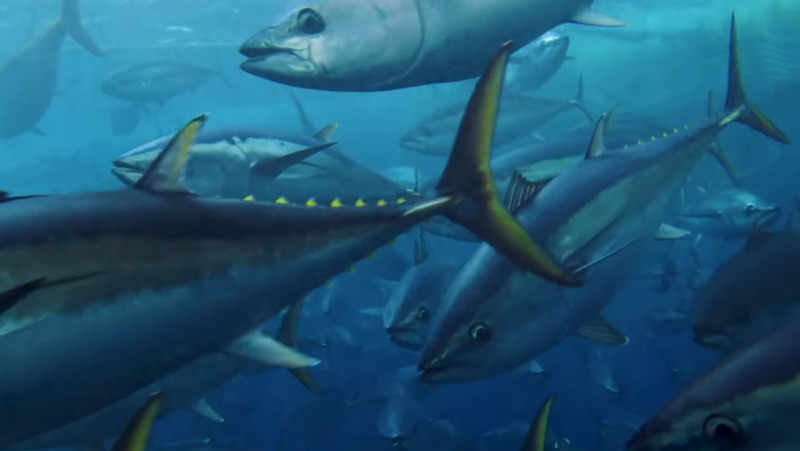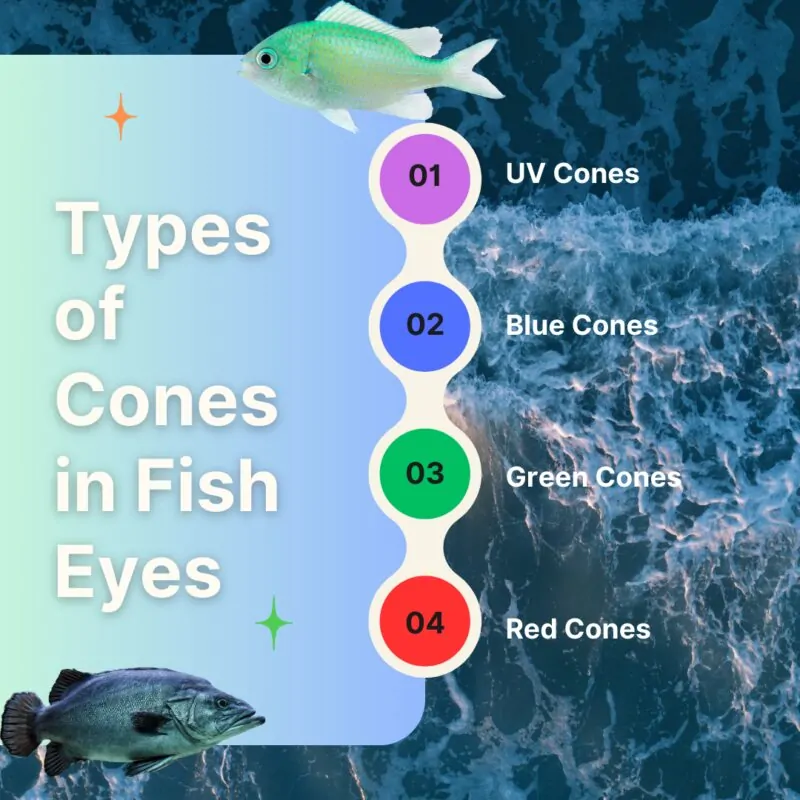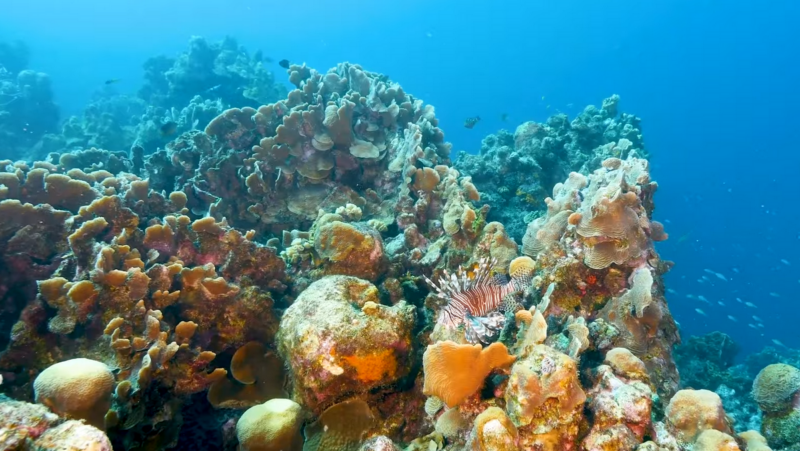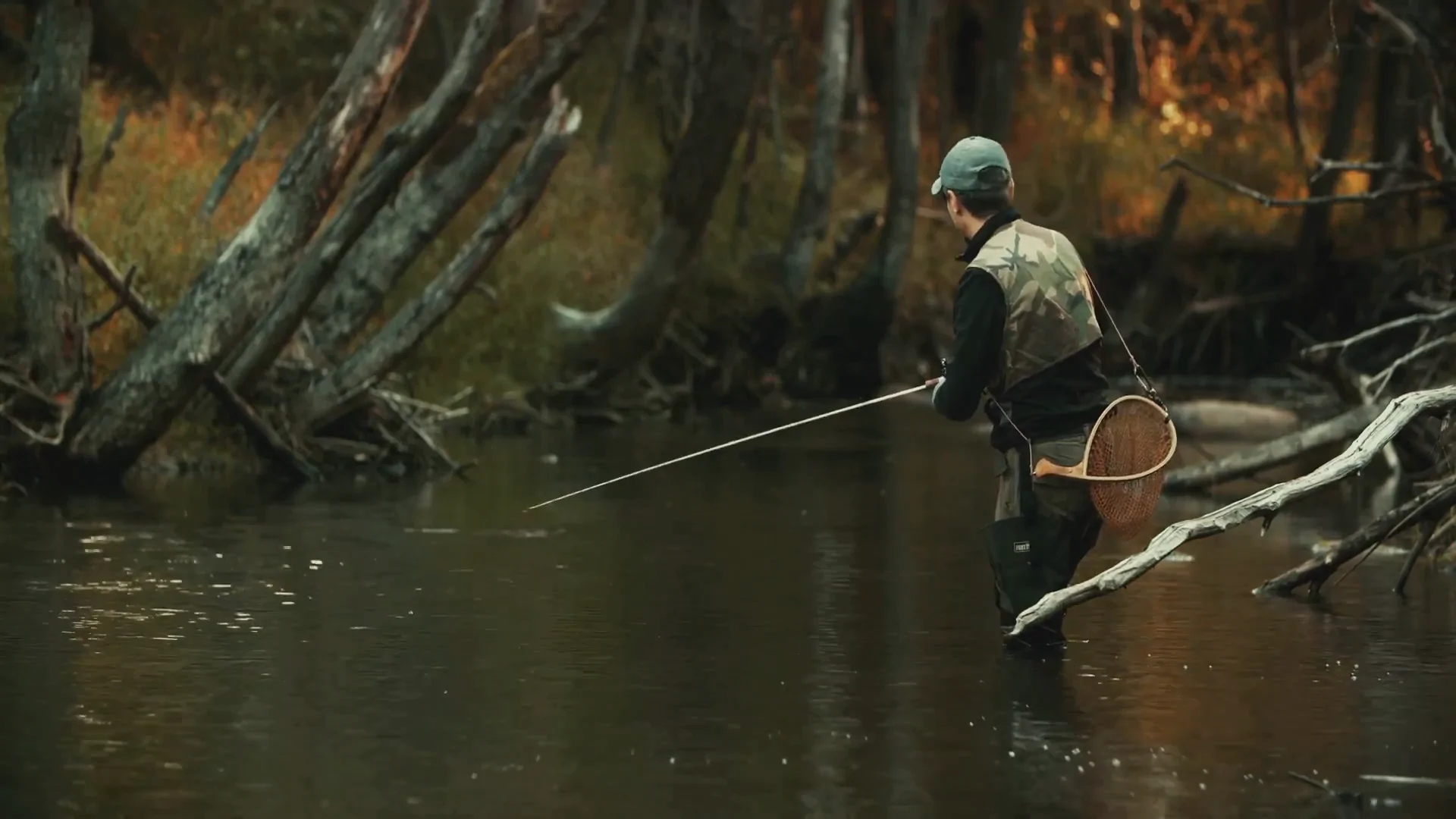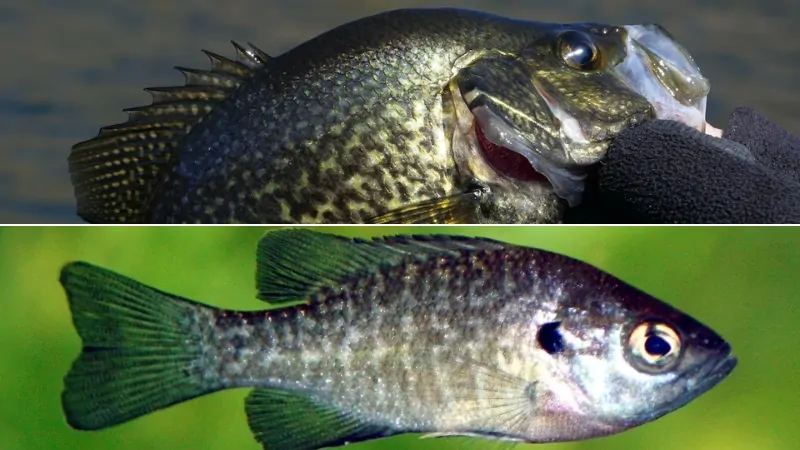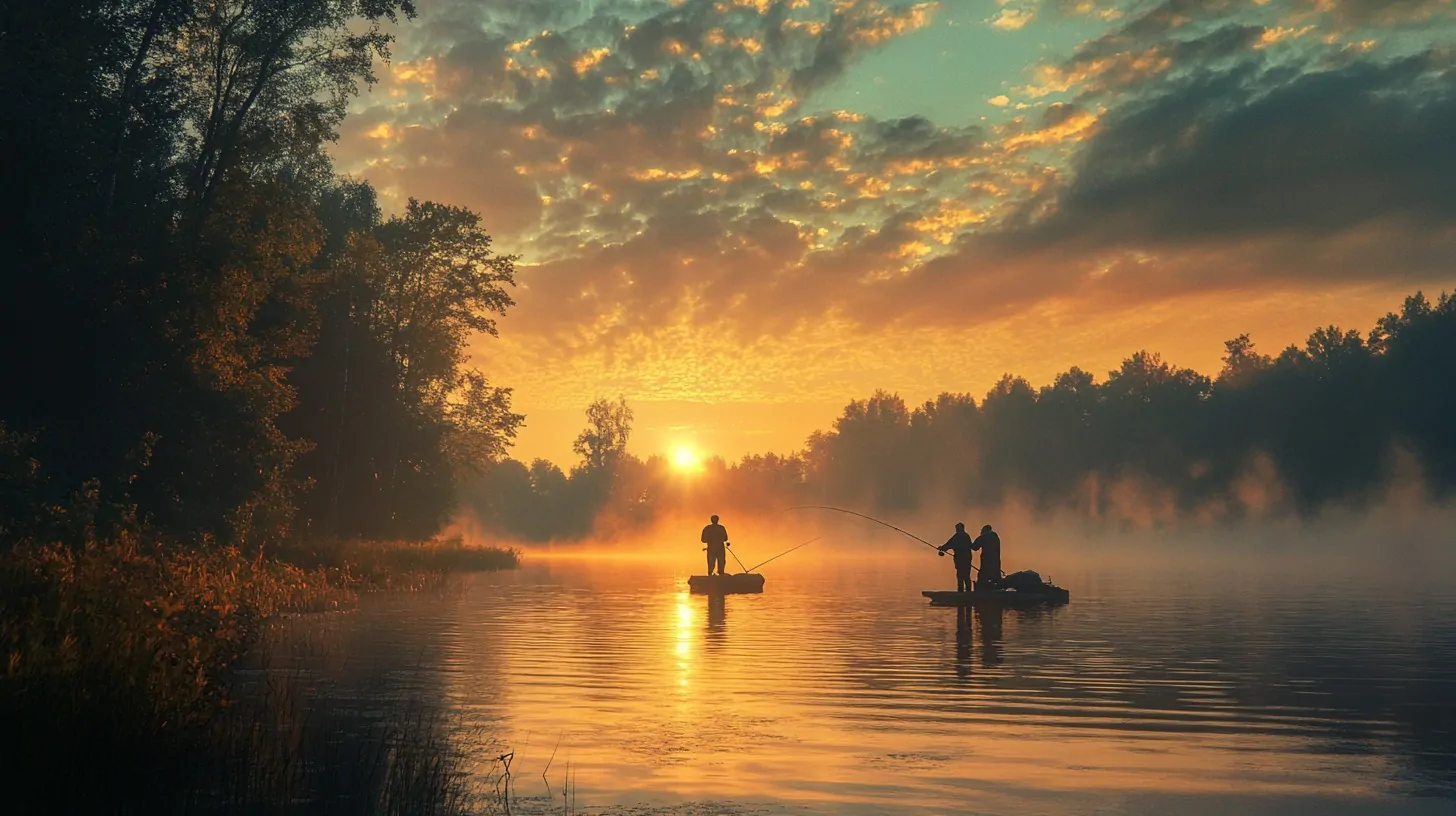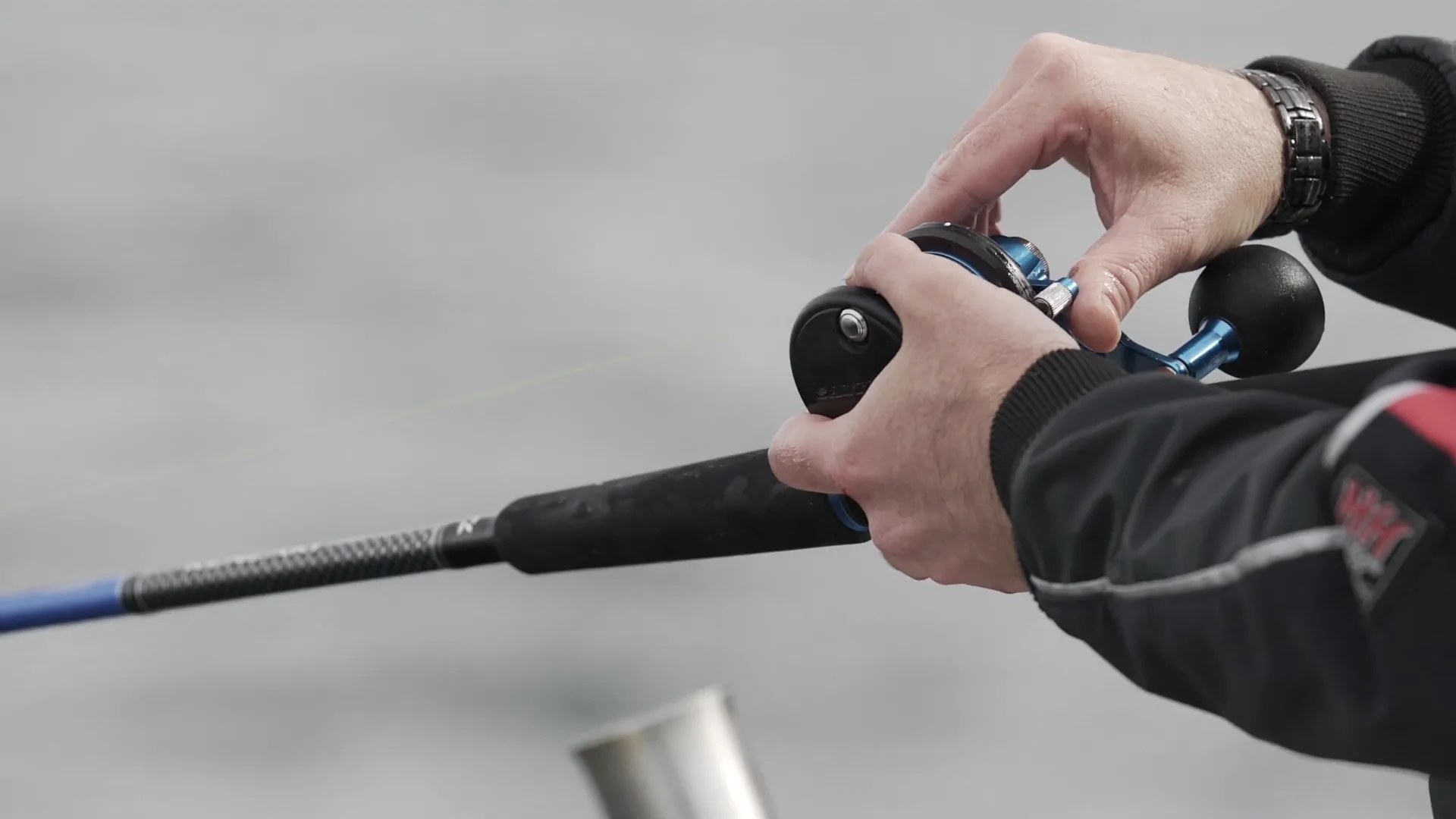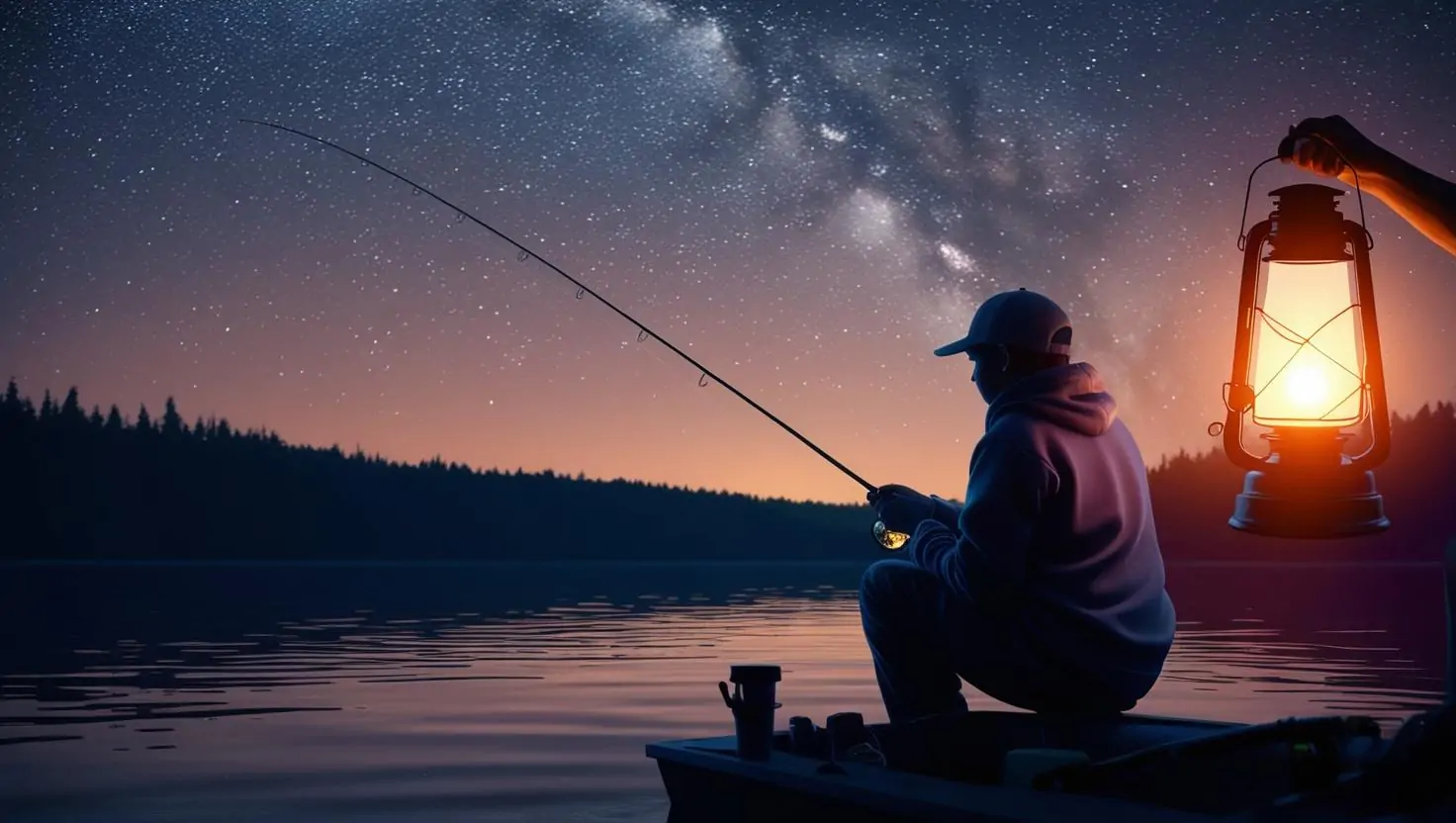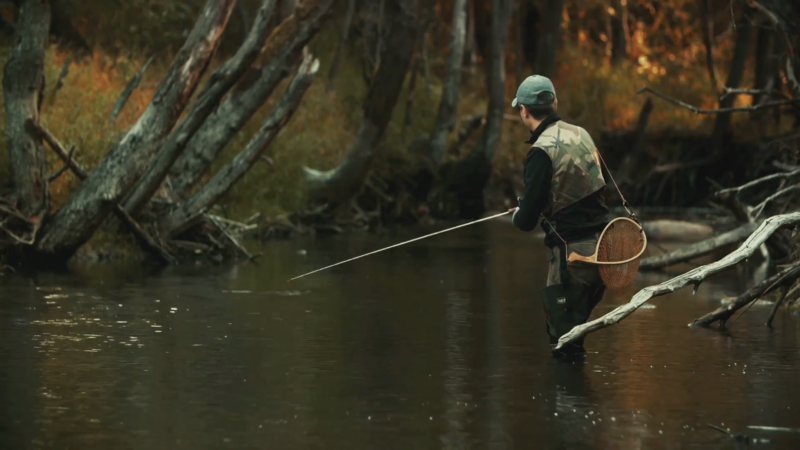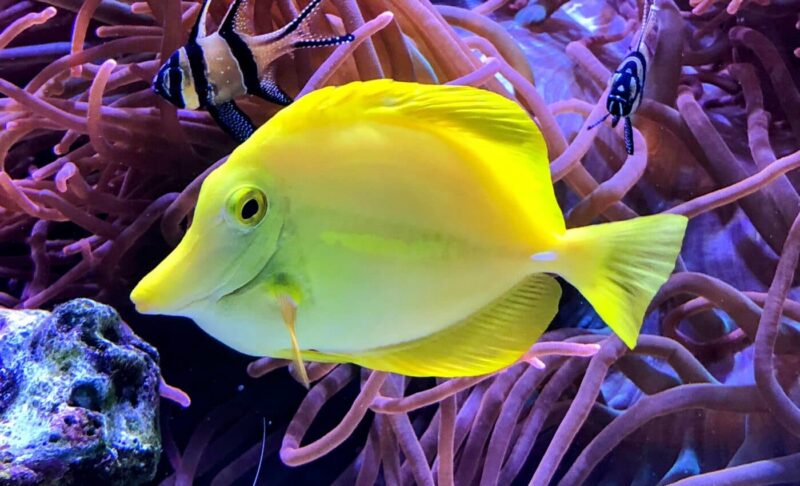
Share Post:
Imagine diving into the clear blue ocean, surrounded by vibrant corals and colorful fish. Have you ever wondered how fish see all these colors? Do they see the same vibrant hues that we do, or is their underwater world painted in a different palette?
Table of Contents
ToggleHow Water Affects Light
When light enters water, it behaves differently than in air. Water absorbs and scatters light, affecting the colors we see. This phenomenon happens because water molecules and particles suspended in the water scatter shorter wavelengths more effectively.
As you dive deeper, red light is absorbed first, followed by orange, yellow, green, and blue. This progressive absorption is why the underwater world appears to shift towards the blue end of the spectrum.
Do Fish Have Color Vision?
Yes, many fish have color vision, but it works differently than human vision. Fish have photoreceptor cells called cones in their eyes, just like humans. These cones are sensitive to different wavelengths of light, enabling them to perceive colors.
However, the types and distribution of these cones can vary widely among different fish species. This variation allows fish to adapt to their specific environments, whether they live in the bright, shallow waters or the dim, deep ocean. It means that while some fish can see a broad spectrum of colors, others may be more limited in their color perception.
Types of Cones in Fish Eyes
Fish can have multiple types of cones. Some common types include:
UV Cones
Sensitive to ultraviolet light. These cones allow fish to detect light wavelengths beyond the human visible spectrum, providing them with additional visual information that can be crucial for survival.
Blue Cones
Sensitive to blue light. These cones are essential for detecting the prevalent blue light found in deeper waters, helping fish navigate and find food in these environments.
Green Cones
Sensitive to green-light. Green cones are particularly useful in both shallow and mid-depth waters, where green light is more abundant due to its intermediate wavelength.
Red Cones
Sensitive to red light. Red cones are more common in fish that live in shallow waters where red light is still available. The combination of these cones allows fish to see a range of colors, some of which are beyond human vision. This diversity in cone types enables fish to exploit various ecological niches and enhances their ability to find food, mate, and avoid predators.
How They Perceive Colors
Many fish can see ultraviolet (UV) light, which is invisible to humans. This ability can be useful for:
- Finding Food: Some prey, like plankton, reflect UV light. This makes them more visible to predators that can see UV, giving those predators a distinct advantage in locating their meals. The UV reflectance of plankton can create a sort of “glow” that stands out against the darker background of the water.
- Communication: Certain fish have UV patterns on their bodies, which they use to communicate or attract mates. These patterns can be used to display fitness, territorial boundaries, or readiness to mate, playing a crucial role in social interactions. These UV signals are often invisible to predators, providing a private communication channel among fish.
A Rainbow Underwater
Fish perceive colors differently depending on their habitat:
Shallow Water Fish
These fish typically have a broad range of color vision. They can see reds, oranges, and yellows better because these wavelengths are more prevalent in shallow waters. This allows them to identify a wide variety of prey and potential mates that may be camouflaged or marked by these colors.
Their ability to perceive a broad spectrum of colors also aids in navigating the complex and colorful coral reef environments.
Deep Water Fish
These fish primarily see blues and greens, since other colors are absorbed by the water at greater depths. The ability to see in blue and green light helps them detect bioluminescent signals and other fish that might blend into the dark, blue background of the deep sea.
This specialization is critical for survival in an environment where light is scarce and only certain wavelengths penetrate.
Camouflage and Signaling
Color perception in fish is also crucial for survival:
- Camouflage: Some fish change color to blend with their surroundings, avoiding predators. This ability, known as chromatophore response, involves specialized cells that can expand or contract to alter the fish’s color and pattern. This dynamic camouflage helps them evade detection from both predators and prey.
- Signaling: Bright colors can signal danger or help fish attract mates. For example, the bright coloration of some reef fish can serve as a warning to predators about their toxicity or bad taste. In contrast, vivid colors can also be used during courtship displays to attract potential mates, showcasing the health and vitality of the individual.
In Summary
From UV vision to deep-water adaptations, fish have evolved incredible visual systems that allow them to navigate, communicate, and survive in their diverse aquatic habitats.
Related Posts:



